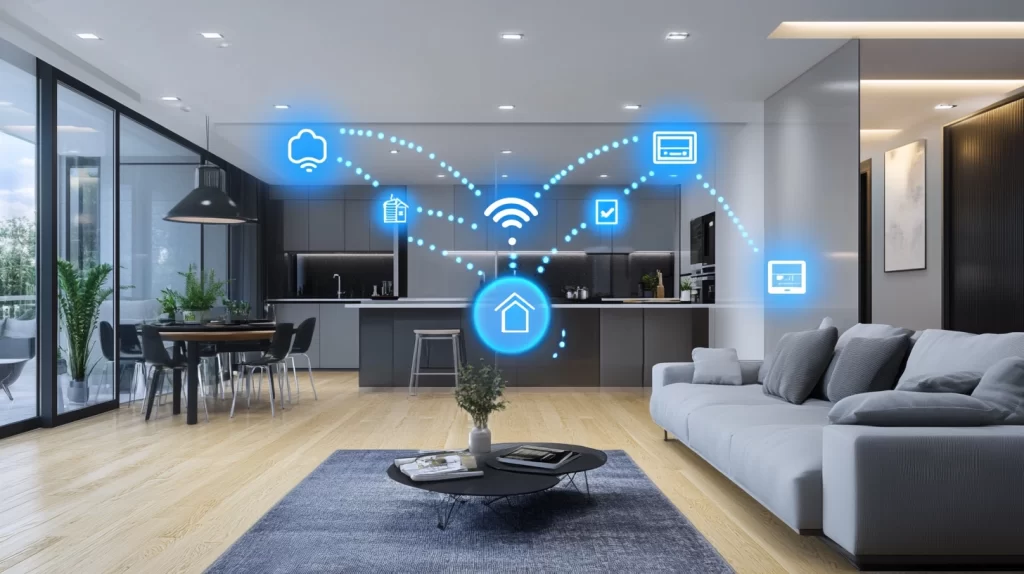In today’s world, saving energy is more important than ever. With rising electricity bills and growing environmental concerns, many homeowners are looking for ways to make their homes more energy-efficient. One of the best ways to achieve this is by using smart home technology. A professional installer can help you set up the right devices to reduce energy waste and lower your bills.
In this blog, we will discuss the top smart home installation solutions that can make your home more energy-efficient. These solutions are easy to use, cost-effective, and can be controlled from your smartphone.
Why Choose Smart Home Automation for Energy Efficiency?
A smart home automation company can provide you with the latest technology to monitor and control your home’s energy usage. Smart devices not only make life easier but also help in reducing unnecessary power consumption. For example, smart thermostats adjust the temperature based on your habits, and smart lights turn off automatically when no one is in the room.
By using these smart solutions, you can save money on electricity while also helping the environment. The best part is that these systems are designed to be user-friendly, so even if you’re not tech-savvy, you can still benefit from them.
Top Smart Home Installation Solutions for Energy Savings
1. Smart Thermostats
A smart thermostat learns your daily routine and adjusts the temperature accordingly. If you’re away from home, it will reduce heating or cooling to save energy. Some models even provide energy reports, so you can track your usage and make changes if needed.
2. Smart Lighting Systems
Smart LED bulbs and lighting systems use less energy than traditional bulbs. You can control them remotely, set schedules, or use motion sensors to turn them off when not in use. This prevents lights from staying on unnecessarily.
3. Energy Monitoring Plugs
These smart plugs track how much energy your appliances are using. You can turn devices on or off from your phone, and some models even suggest ways to reduce power consumption.
4. Smart Blinds and Shades
Smart blinds can automatically open and close based on sunlight. In the summer, they can block excess heat, reducing the need for air conditioning. In the winter, they can let sunlight in to warm your home naturally.
5. Smart HVAC Systems
Heating and cooling consume the most energy in a home. A smart HVAC system optimizes performance by adjusting airflow and temperature based on occupancy and weather conditions.
6. Solar Panel Integration
Pairing smart home technology with solar panels can maximize energy savings. Smart systems can monitor solar energy production and usage, ensuring you get the most out of your solar investment.
7. Smart Water Heaters
Water heaters are another big energy consumer. Smart water heaters allow you to control temperature settings and schedule heating times, reducing energy waste.
8. Leak Detection Sensors
These sensors alert you to water leaks, preventing damage and saving water. Some can even shut off the water supply automatically in case of a major leak.
Also, read this blog: Smart Home Automation: Essential Features for Modern Living
How to Get Started with Smart Home Automation?
If you’re ready to make your home more energy-efficient, the first step is to consult a professional smart home automation company. They can assess your home and recommend the best solutions based on your needs and budget.
High Level Information Technology offers expert installation and support to ensure your smart home system works perfectly. Their team can guide you in choosing the right devices and setting them up for maximum energy savings.
Conclusion
Smart home technology is a great way to save energy, reduce bills, and make your home more comfortable. From smart thermostats to solar panel integration, there are many solutions available to fit different needs.
If you want to start saving energy with smart home automation, contact High Level Information Technology today. Their experts will help you design and install a system that works best for your home.


